Alexandra Danilova, for whom the role was choreographed, says in her memoir Choura that, “[i]n an ordinary pas de deux, the woman is somehow engaged by the man, and she goes toward him. But I was going toward the moon. And that attracts the Poet, because he can’t make contact with this woman….[he] knows that she belongs to the moon.” This connects back to the aria, as the libretto translates to, “Oh return my hope or let me die/ Come, beloved, the moon is in the sky!” Allegra Kent, for whom the ballet was revived in 1960, has described the Sleepwalker as someone who cannot awaken from a nightmare—a state that she claims reflected her complicated personal life at the time in her compelling biography Once a Dancer. She also writes, smartly, that the role is
I had the honor of dancing the Coquette opposite the iconic Sleepwalkers of both Wendy Whelan and Janie Taylor this past year. They were (I find it hard to use the past tense here, I still can’t believe they have both retired!) so different in the role that it was fun to try to rig my own character interpretation accordingly. Janie brought a distinct poltergeist element to the ballet. Her Sleepwalker was lovely but creepy, a woman clearly in communion with the paranormal. She elicited lines from Edward Gorey and Edgar Allen Poe in my mind. In fact, her Sleepwalker could be the ghost of Poe’s Annabel Lee. Wendy, whose only bodily curves are in her beautifully arched feet, seemed more of an abstract ideal to me. She could be any number of capital-letter concepts: Love, Death, Art. She was so purposeful and determined. She represented something that the Poet could not find in worldly flesh.
In Janie’s treatment, I imagined that the Sleepwalker’s every move could be a trap for the Poet—perhaps she appeared to the Poet and orchestrated his eventual death so that she could have a ghostly companion in her tower. Her head-roll over the Poet’s body was less mournful than victorious. (This is my own impression of course, when I asked Janie how she approached the role over lunch last week she said that she was simply a woman asleep who responds to the Poet subconsciously.) On the other hand, Wendy’s Sleepwalker could have been conjured by the Poet himself—after being stranded in the ballroom his loneliness perhaps necessitated her presence. She may represent a poem in his head, and he must die for his art. To me, Wendy’s approach made the Poet’s death read as an accidental byproduct of her singular focus. She accepted his body at the end as the price she had to pay for her purity of intent.
Tailoring my Coquette interpretation to each Sleepwalker was a fun challenge. With Janie I tried to be more human and sympathetic—a woman broken-hearted and wronged by society; with Wendy I was more carnal and conniving. At least, that was my plan. The Coquette is a part that feels so spontaneous—it can get quite wild in performance—that I am positive that I did something different in every show! There is quite a lot one can do with the Coquette: she can be petulant and flighty—a true flirt who never considers the potential consequences of her actions. Or she can be a tragic victim of society’s corruption, and when she is recklessly cast aside by the Poet (her one true love?) it is the last straw for her. She can also be purely evil—the poster girl for the bored and licentious party guests. I remember Helene Alexopoulos was always chilling in her vain and villainous portrayal, while the gorgeous Jenifer Ringer successfully pulled off multiple readings of the role over the years.
The Poet is an enigma as well. Surprisingly, he can come across as convincingly innocent even though he makes overtures of love to two separate women within the time frame of a few minutes. There have been several excellent interpreters of the Poet in recent years. I remember Nikolai Hubbe being a charismatic and world-weary Poet—handsome but troubled. His Poet was someone for whom things came easily, and he threw himself into the Sleepwalker pas with the despair of someone who was fed up with life and looking for a way out. Peter Boal’s Poet was more introspective and intellectual. He possessed a youthful curiosity and openness to new experiences—he looked at the Sleepwalker with wonder. Sebastien Marcovici’s Poet was an ardent, Byron-esque romantic—fully in love with love and with both women in turn. One could imagine him writing sonnets for every pretty girl he met.
Although Robbie Fairchild and I were joking that his poetry was in the “Cat in the Hat” vein as we sat on the bench* during a performance two weeks ago, when I watched him this past Saturday his Poet seemed like a Keats figure to me—a man cut down ere his prime, his attraction to the Sleepwalker proof that he was not meant for this world. His relative youth in the role undoubtedly contributes to this reading, but his portrayal has a real earnestness too. At the end of the ballet I felt that his untimely death was required to solidify a tragic fame. (*Side note: Sonnambula is the second ballet in which Balanchine choreographed extended groping for a couple on a bench. Prodigal Son, from 1929, was the first. Who’d have thought such a motif would come up twice!?)
Wendy used La Sonnambula as a vehicle for her retirement on Saturday night, and I can see why. Even though it is such an odd little ballet, it tackles the grandiose themes upon which our entire art form is based. Critic Arlene Croce writes in Sight Lines that La Sonnambula shares source material with that stalwart opus of romantic ballet, La Sylphide. This doesn’t surprise me at all. In brief, in La Sylphide a man abandons his bride at the altar (more shades of I Puritani) to follow a sylph into the woods, but when he embraces her she dies. He then dies of heartbreak. The Sleepwalker/Sylph is the ultimate muse—a figure who represents the divide between dreams and the ennui of quotidian existence. The Poet tires of the slutty, easily conquered Coquette. He is enraptured instead by the airy shadow he cannot reach, who never comes down off her toe pointes. The Sleepwalker eludes his grasp until he dies, at which point she embraces him and carries him aloft. Croce writes: “Sylph and Sleepwalker symbolize a desire that cannot be consummated in this world.” Historian Jennifer Homans writes in Apollo’s Angels of the innovation of La Sylphide in a way that perfectly describes Balanchine’s coup in La Sonnambula: “the idea was to use movement, gesture, and music to capture an evanescent memory or fleeting thought—to give concrete physical and theatrical form to the “invisible nations” and immaterial stuff of the mind.” La Sonnambula is ultimately about the intense human desire for the unknowable. It is about man’s quest for meaning. Isn’t that the basis of all art and religion?
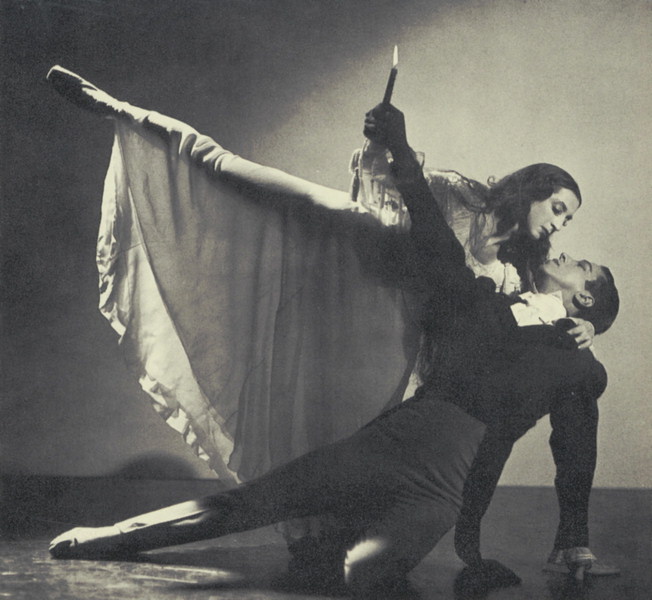
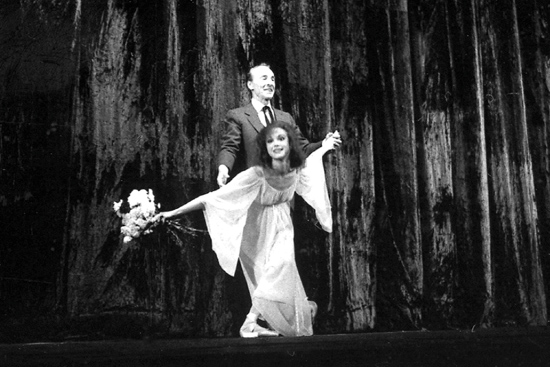
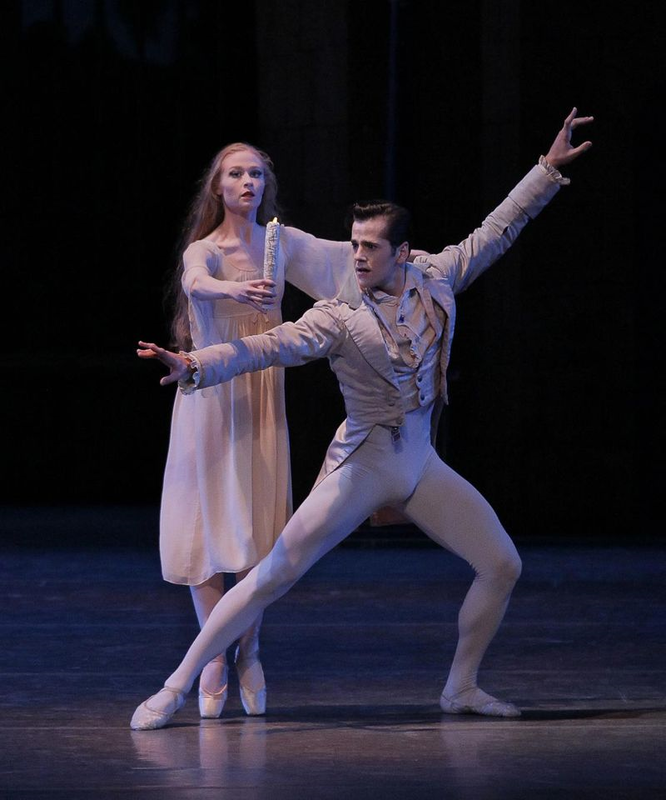
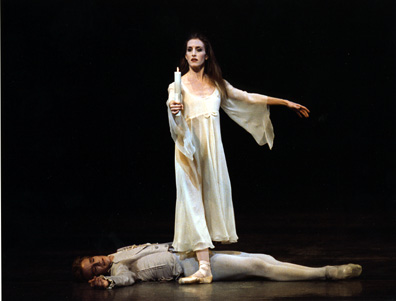
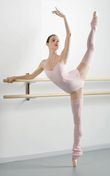
 RSS Feed
RSS Feed